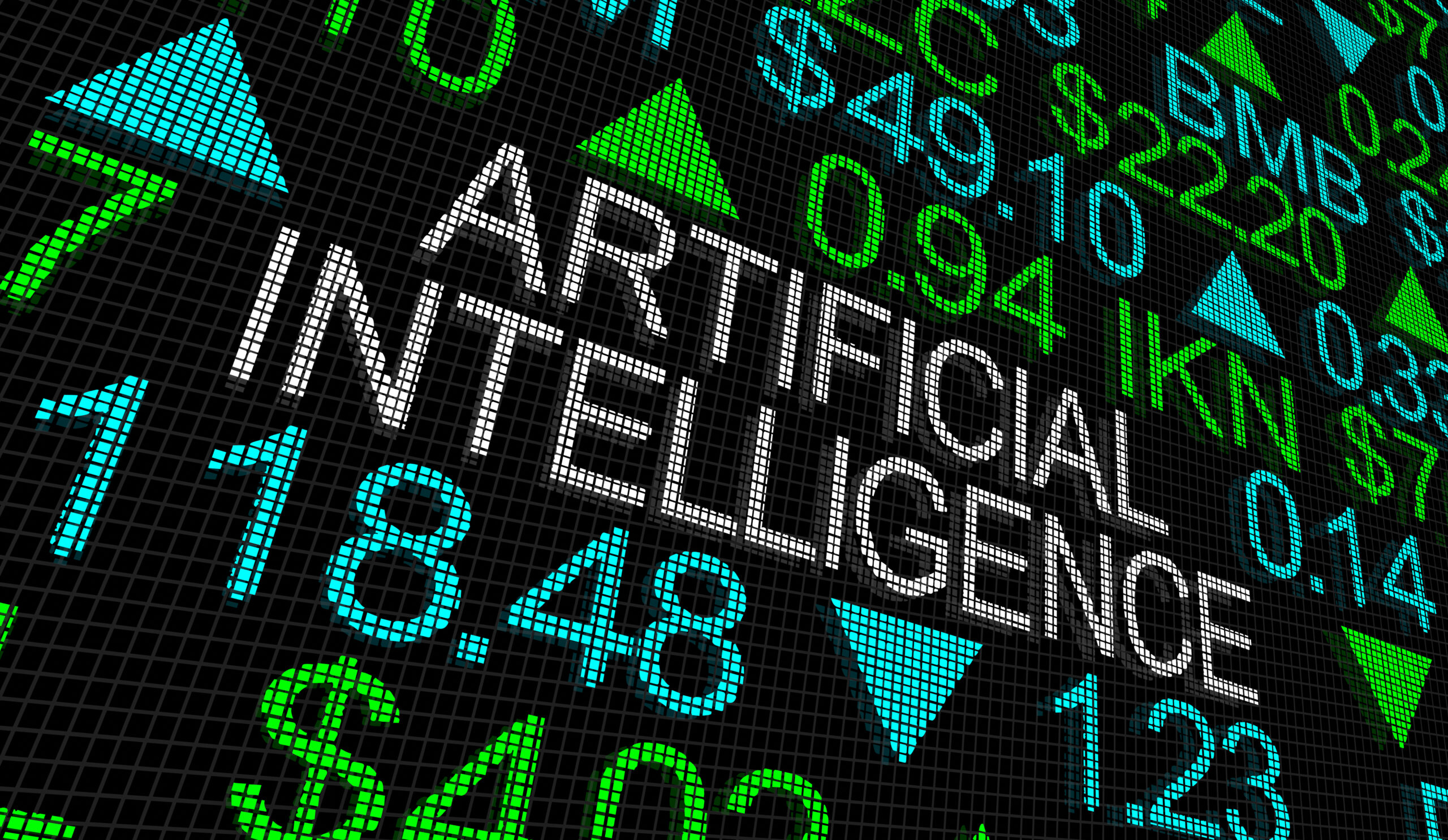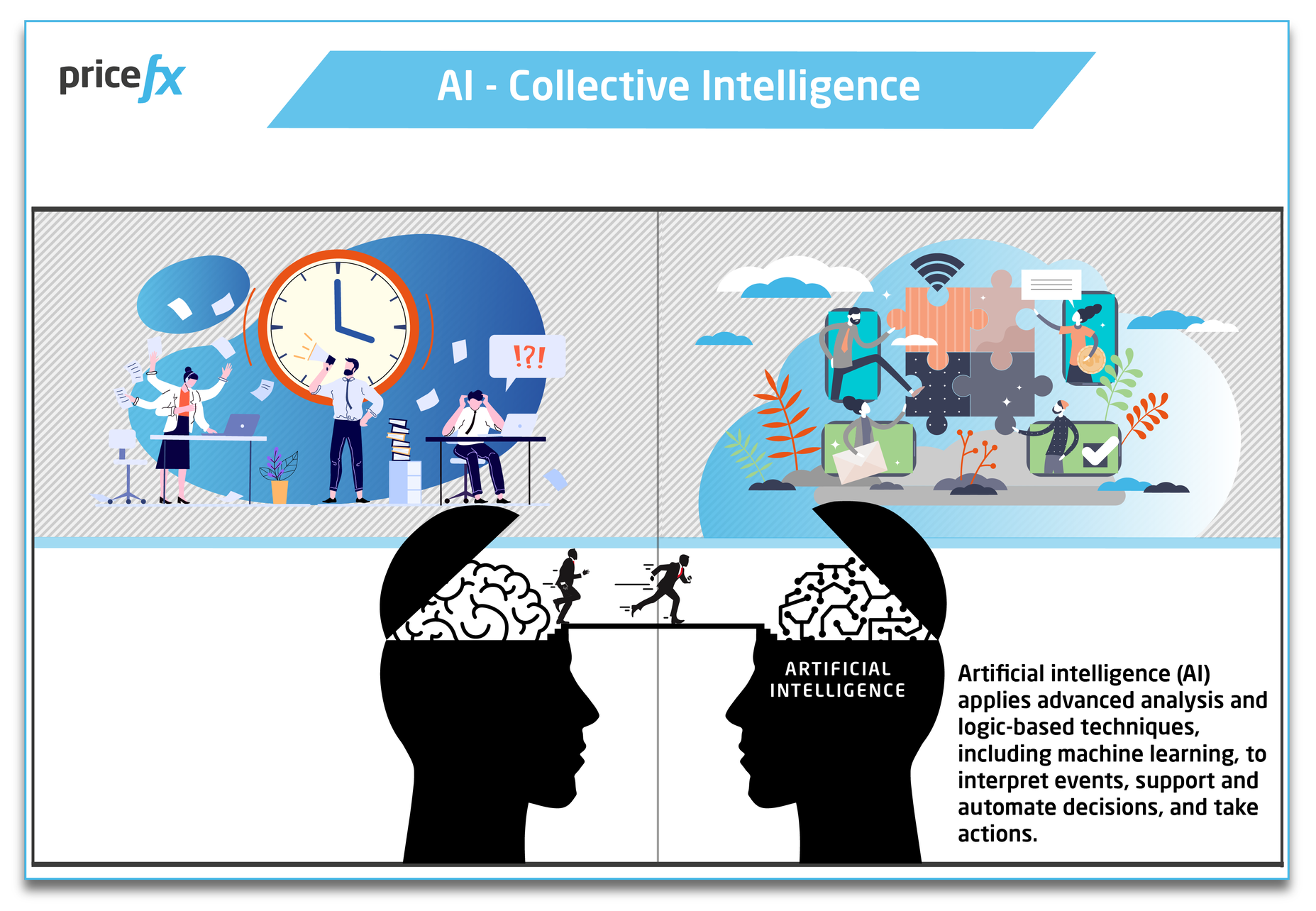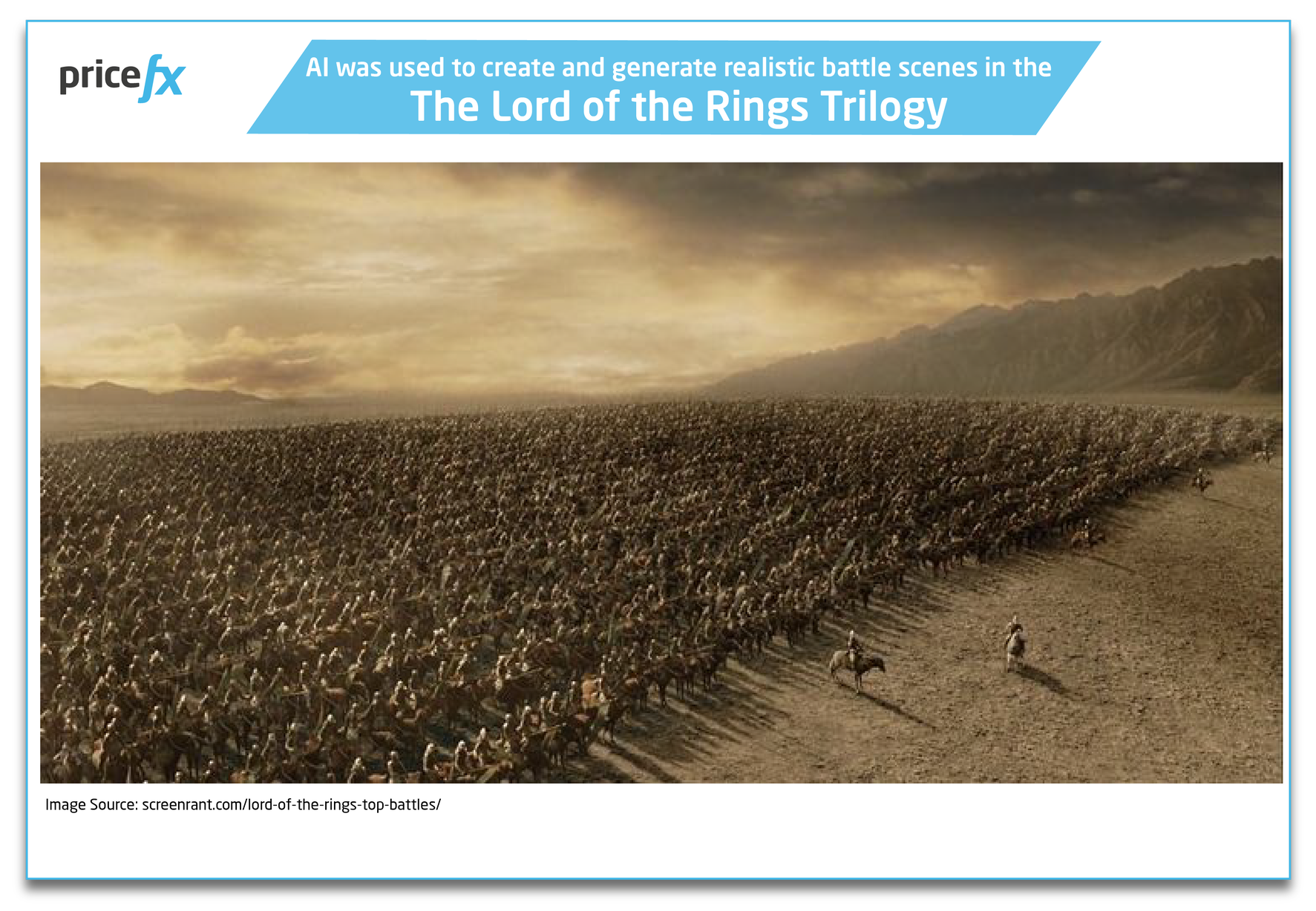etting the right price for your company’s goods or services is always a tricky question to solve. What pricing strategy your business adopts will depend on your business objectives. One part of your business may seek to maximize profitability on each unit sold or on protecting your overall market share, while another sector of your company needs to access a new market or to grow an existing one. Moreover, different scenarios might coexist in your company for different products or customer segments. If that’s the case, the time might have come for you to consider the intricacies of Artificial Intelligence vs Machine Learning, and how both are applied in the use of Price Optimization Software to help you achieve your business goals.
For example, imagine yourself as a tire manufacturer, you might find yourself confronted with dual pricing dilemma:
You want to differentiate in the pricing strategy between your quality top-of-the- quality tire, with your good averaged priced tires while simultaneously…….
Setting a fair price for both tire products, given the current state of the market, the period of the year, and what your competitors are doing.
At Pricefx, we’ve been helping businesses to overcome pricing dilemmas like these for more than a decade by using Price Optimization Software.
To help you understand the complex technology further, we’ve compiled this article to explain the intricate roles of Artificial Intelligence vs Machine Learning in Price Optimization Software and how, when used together, can be a powerful tool to help your business grow.
However, to kick things off, let’s consider exactly what Price Optimization Software is.
What is Price Optimization Software and What Does It Do?
Price optimization software enables a business to analyze customer, sales and transactional and product data to find the most optimal price point for a service or product.
The goal of price optimization software is to determine the best price that will help organizations attract customers, increase production, maximize sales and profits, or whatever its specific business objectives may be.
In most cases, price optimization software maximizes profitability by using market and consumer data to find a balance between value and profit by recognizing the Willingness to Pay (WTP) of your customers.
What is Artificial Intelligence (AI) in Price Optimization Software?
AI when applied in pricing science allows your business to turn its data, such as sales and transactional data, product data and customer data into the intelligence to make informed pricing decisions to progress your company towards your business objectives.
Defined by well-known technology and consultant company, Gartner, Artificial intelligence (AI) “Applies advanced analysis and logic-based techniques, including machine learning, to interpret events, support and automate decisions, and take actions.”
Leveraging with AI-powered pricing software, companies can accurately take concrete actions and make more accurate margin leakage risk predictions and set prices more precisely.
AI does that by helping you to optimize pricing. That can come in a bunch of different ways that can come by assisting you to better segment customers and products, helping you to put together better quotes and/or offers or prices that are more appealing to your customers.
Taking that even one step further, AI can help you to optimize your operations and your products to better reflect and predict what your customers want and are willing to pay.
AI empowers greater pricing functionality than ML alone.
Without AI, ML can be limited and hamstrung by only being able to take on a single pricing task (raising volume, setting prices, margin improvement, price optimization using only one variable etc.) at any one time.
Can I have AI Pricing Software Beyond Machine Learning (ML)?
Yes. While people often use the two terms interchangeably to describe intelligent software or a system, even though both AI and ML are based on statistics and mathematics, they are not the same thing.
AI solves tasks that are akin to human intelligence while ML is a subset of artificial intelligence that is only able to solve specific tasks by being instructed to learn from structured datasets and make limited predictions accordingly.
In other words, ML is limited by requiring clear instructions from its programmer.
The biggest difference – the latest and most sophisticated AI pricing software is more powerful and allows you to do more;
-more accurately-with more complex use cases, solving broader problems-in a generally less supervised environment-across a broader set of objectives and constraints
than with pure pricing software alone.
What is Machine Learning (ML) in Price Optimization Software?
A subset of AI, Machine Learning (ML) technology was proven to be a game changer of price optimization in the past, as it addressed elementary real-world challenges that businesses faced at that time.
However, moving forward to the current day, AI-powered algorithms can now analyze much larger data sets and consider significantly more variables (such as what is known within the pricing industry as ‘segments’) than is possible with pure single-objective ML alone.
For example, AI pricing software, by contrast, uses algorithms that continuously learn from their results in an automated way. Businesses are thereby able to use AI pricing software models to set various prices against sales targets. They can do this fully automatically, much more precisely, and at a fraction of the effort.
AI-powered pricing software is designed not only to learn, but over time continually comparing against your company’s historical data, it will get better at finding the optimal price points for your business to find the sweet spot between “too cheap” and “too expensive” (according to your pre-set unique business objectives).
The Key Differences: Multi-Agent AI-Powered Pricing Software vs Single-Agent ML
Remember, pure ML pricing software is great and good enough to take on one of your company’s pricing tasks at any one time (e.g. profit margin, sales or volume increase, price optimization taking one variable into account etc.), but if you want to take on more than one objective, AI-powered pricing solutions will provide the additional functionality your business is craving.
AI-powered pricing software can consider both critical internal data as well as influential external data in their algorithms. AI pricing systems can process much larger and more diverse datasets than older technologies. Therefore, AI pricing software solutions can be highly precise about the price setting across a variety and/or combination of influential data points.
Factors that these AI algorithms can evaluate in pricing include:
Raw Material price fluctuationsSeasonal changes Weather conditionsHistorical sales and transaction dataInventory levels Product features Marketing campaignsAnd much more besides………
Furthermore, AI-informed pricing software can understand constraints during the price optimization process rather than after optimization is complete. That means that the optimization process is a holistic one that can easily deal with;
Issues of channel conflicts and channel management,
Switch product strategies based on product constraints on the fly,
Recommend customers product substitutes in times that supply of their regular product is challenged.
And become overall, a more flexible pricing system for your company
A Key Differentiator: The Clear Box vs Black Box Pricing Optimization Approach
Using a ‘clear box’ system, such as that made possible by multi-variable (agent) AI, pricing teams can look at an algorithm and understand how it behaves and which factors clearly influence the outputs in its price optimization decision-making.
As people have grown increasingly suspicious of black box ML algorithms, these clear box models have risen in popularity to the point where adoption of black box algorithms in pricing has become a huge challenge.
Overall, the clear box AI tends to be more practical for most businesses. Since a company can understand how these programs came to their optimization predictions, it’s easier to act on them. Businesses can use the decisions made to find tangible ways to improve their margins, increase profit, unclutter workflows and know what happens if something goes wrong.
Do You Need AI-Powered Price Optimization or Not?
The short answer to that question is probably, ‘yes.’ However, as with any other business decision or opportunity, you need to carefully examine the feasibility of implementing pricing optimization tools for your business.
For example, a single-agent ML pricing software, such as those supplied by first generation pricing software providers could conceivably be best for you, if you are looking for a tool for a pure single variable price optimization tool and you have less need to illuminate the reasons for your pricing decisions.
On the other hand, if you are looking for a more overall price optimization tool than can manage the input of several variables at any one time, multiple associated objectives, and provide transparent price optimization outcomes with full reasoning provided, a next generation AI pricing software like Pricefx might be more what you are after.




